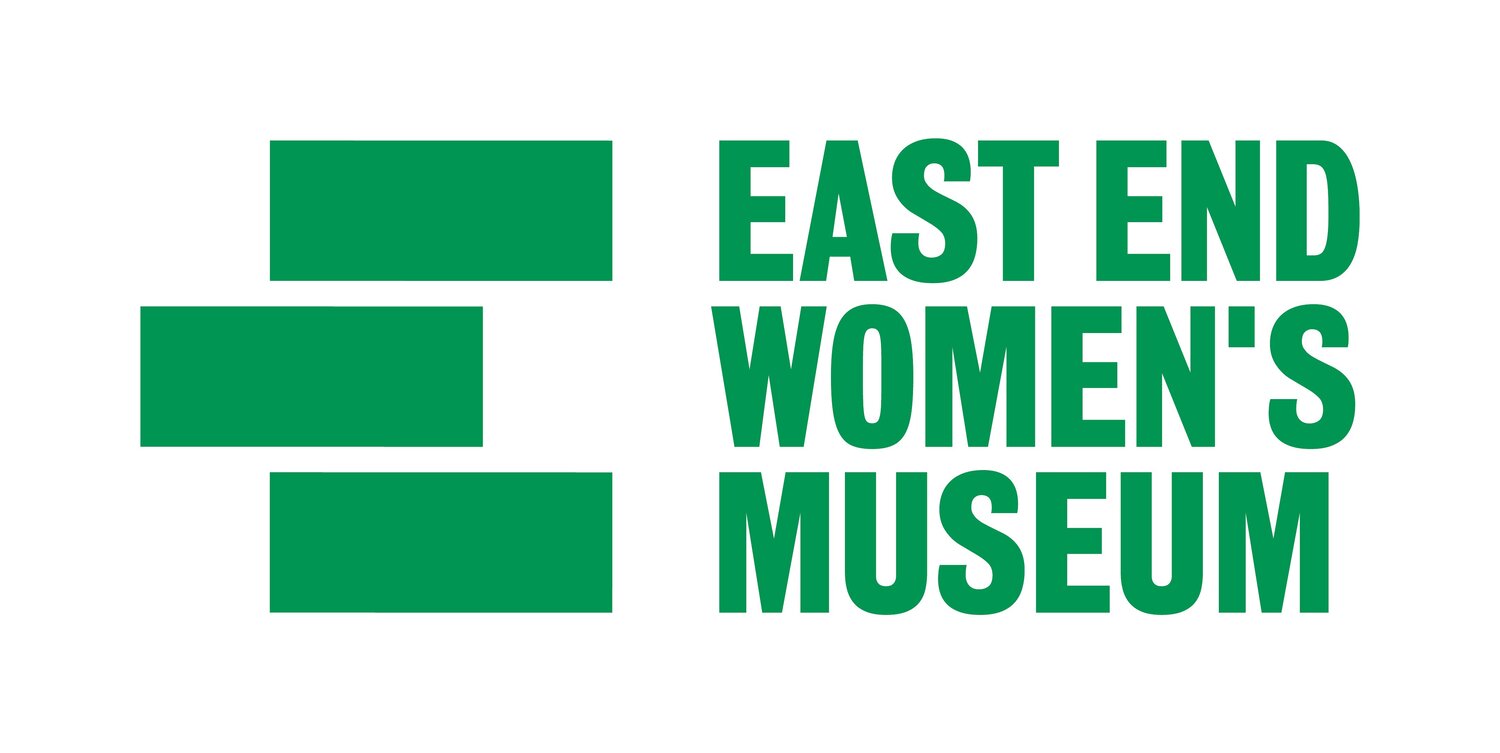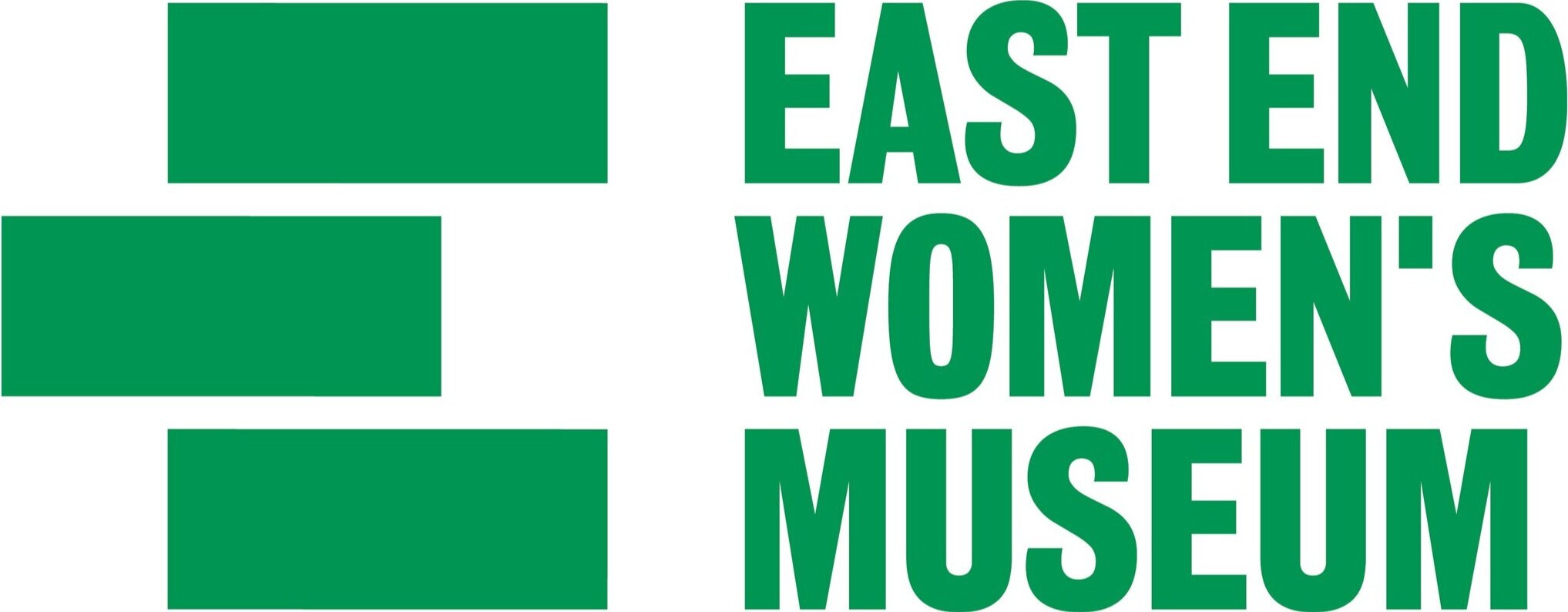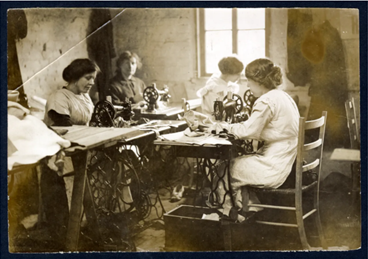Norah Smyth as a chauffeur to Emmeline Pankhurst, source: https://hundredheroines.org/featured/norah-lyle-smyth/
Born on 22nd March, 1874, Norah Smyth was a suffragette, socialist activist and photographer whose work documented the activities of the East London Federation of Suffragettes (ELFS) and the lives of East End women and children. Despite never receiving credit for her photojournalism in her own time, she was an active and influential member of the ELFS and worked closely with its leader, Sylvia Pankhurst.
During the early years of Smyth’s life her father, a wealthy Cheshire grain dealer, maintained a huge influence on her life, preventing her from attending university or marrying as she chose. Following her father’s death in 1912 Smyth used her new-found freedom to become involved in feminist activism and joined the Pioneer Players, a feminist theatre company.
Smyth also used the inheritance she received from her father’s death to travel to London where she became involved in the women’s suffrage movement, she first joined the Women’s Social and Political Union (WSPU) and worked as an unpaid chauffeur for its leader, Emmeline Pankhurst. However, Smyth later joined the East End London Federation of the Suffragettes (ELFS) after they split from the WPSU due to the view of ELFS’ leader, Sylvia Pankhurst, that women’s suffrage should become a socialist movement as working class women had the most to gain from winning the vote, which were not shared by other members of the WPSU.
Smyth soon became an extremely active and influential member of the ELFS and worked closely with Sylvia Pankhurst, even accompanying her on the trip to Paris where Sylvia and her sister, Christabel, ultimately decided to completely split the ELFS and WPSU. Smyth also financed the publication of the ELFS’s weekly newspaper, the ‘Woman’s Dreadnought’ and in 1914, established and led the ‘People’s Army’, designed to protect suffragettes from police persecution. The group managed to successfully drive police from a meeting where Sylvia Pankhurst was speaking after she had escaped arrest.
Smyth was also involved in an arson attack on the empty country home of anti women’s suffrage politician, Lewis Harcourt. Her accomplice, Helen Craggs, was arrested but Smyth was able to escape with her identity unknown and only confessed her involvement to her nephew in the early 1960s. This was the only violent action Smyth took part in during her time as a suffragette and she claimed the east wing of the house was deliberately targeted as it was known to be uninhabited. Despite her active participation in the cause, Smyth rarely took part in public speeches or debates, however, she did influence Sylvia personally, encouraging her to remain with the Women’s International League for Peace and Freedom after she had been planning to resign.
One of Smyth’s most notable contributions to the suffrage movement was her work as the photographer for the ELFS’s newspaper, the ‘Woman’s Dreadnought’. Smyth engaged in street photography and focused on the lives of the working class women and children of the East End, with many of the children she photographed having benefited from the ELFS’s welfare programmes. Her work differed from traditional Victorian street photography which often portrayed the poverty of the East End through an outside perspective without focus on individuals. In contrast, Smyth’s photography took a much more personal approach and focused on the individual characters, likely due to Smyth’s personal involvement in day-to-day East End life due to her work with the ELFS.
1. Children playing with Sylvia Pankhurst’s dog, 1915, source: https://spitalfieldslife.com/2018/11/01/norah-smyth-suffragette-photographer/. 2. Children in Bow c1914, source: https://spitalfieldslife.com/2018/11/01/norah-smyth-suffragette-photographer/. 3. Sylvia Pankhurst painting ‘Votes for Women’ at 198 Bow Road, 1912, source: https://spitalfieldslife.com/2018/11/01/norah-smyth-suffragette-photographer/ 4. Sylvia Pankhurst recovering from a hunger strike, 1913, source: https://spitalfieldslife.com/2018/11/01/norah-smyth-suffragette-photographer/ 5. Members of the EFLS selling their ‘The Woman’s Dreadnought’, 1915: https://spitalfieldslife.com/2018/11/01/norah-smyth-suffragette-photographer/
Smyth’s photography also captured the suffragettes engaging in activism to advance their cause, she photographed Sylvia Pankhurst painting ‘Votes for Women’ on the shopfront of a baker’s shop where the ELFS was set up and her recovering from a hunger strike after time in prison. She also photographed the suffragettes' activities such as marches, processions and newspaper selling.
Following the outbreak of the First World War, while the WPSU focused on supporting the war effort, the ELFS supported the pacifist movement and focused their efforts on supporting the working class women and children of the East End who faced significant difficulties during this time as a result of factory closures leading to a rise in unemployment. In response the ELFS set up cost price restaurants to provide affordable meals and free mother and baby clinics which taught special feeding techniques and gave access to professional medical care for children. A toy factory in Norman Road was also established where women could work in a safe environment and be paid a fair wage. Smyth used her inheritance to fund this work and bailed out the toy factory when it faced financial difficulties and continued her photography work to capture the ELFS’s crucial work during the war.
Nurse Hebbes which a child impacted by war, c1915 source: https://spitalfieldslife.com/2018/11/01/norah-smyth-suffragette-photographer/
Women in the Toy Factory in Norman Road, source: https://www.historyworkshop.org.uk/visual-culture/radical-object-the-photos-of-an-east-london-suffragette/
Women and children eating in a cost price restaurant, source: https://www.historyworkshop.org.uk/visual-culture/radical-object-the-photos-of-an-east-london-suffragette/
In 1916 the ELFS changed its name to the Workers’ Suffrage Federation, the same year Smyth became its treasurer. Soon after, in 1918, the name was changed again to the Workers’ Socialist Federation (WSF) in order to reflect their increasing link to socialist movements and anti-parliamentarism. Smyth also became more deeply involved in socialist activism and in 1919 she was elected to the Poplar Trades Council and Labour Party but was later expelled after showing support for Bolshevism at a party meeting. She became a prominent member of the Communist Worker’s Party alongside Sylvia Pankhurst and became one of its leading speakers throughout the 1920s.
Later in her life, Smyth moved to Florence, Italy, with her brother, Maxwell and took up a post at the British Institute. She later moved to Malta during the Second World War when it became clear Britain was going to war with Italy. However, after Malta’s economy was severely affected by the war, Smyth left for Ireland to live with her sister, Una. Having worked closely with her for years, she remained in contact with Sylvia Pankhurst until Sylvia’s death in 1960, Smyth died three years later, in 1963.
Despite never receiving credit for her photography in the Woman’s Dreadnought in her own time, in November 2018, her previously unseen photographs, which had been held by the Institute of Social History in Amsterdam were exhibited in the Four Corners gallery in Bethnal Green, East London, allowing Smyth’s work to be displayed and remembered in the place she fought for women’s right to vote over 100 years ago.
Sources:
https://en.wikipedia.org/wiki/Norah_Smyth
https://romanroadlondon.com/suffragette-norah-smyth-life/
https://spitalfieldslife.com/2018/11/01/norah-smyth-suffragette-photographer/
https://romanroadlondon.com/east-end-suffragette-norah-smyth/
https://www.historyworkshop.org.uk/radical-object-the-photos-of-an-east-london-suffragette/https://hundredheroines.org/featured/norah-lyle-smyth/
Kat Dewar is a recent History and Politics Graduate from Queen Mary, University of London, who previously lived in Tower Hamlets with a strong interest in the heritage sector and women’s history.














